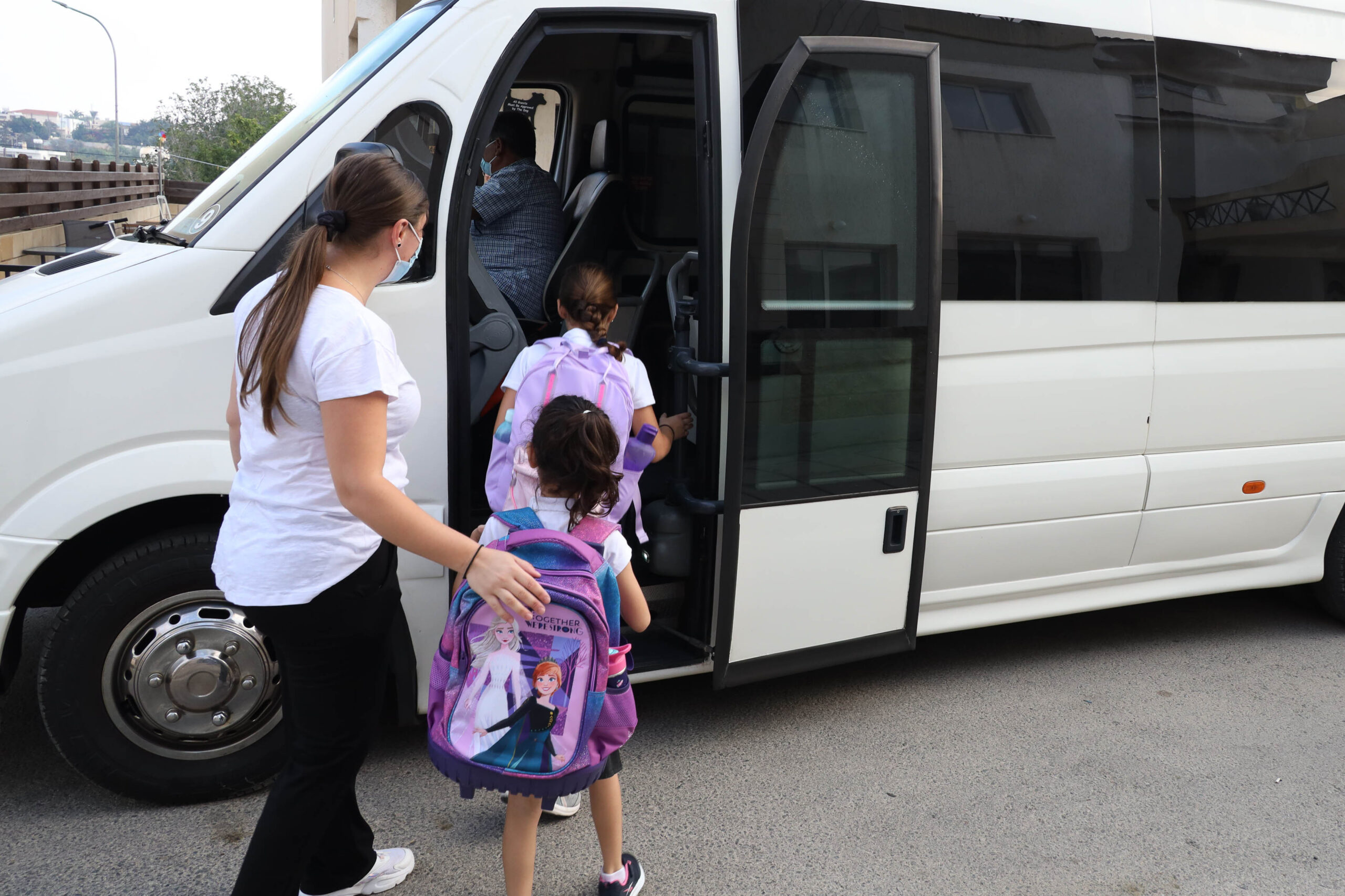In its report released Monday, the European Transport Safety Council (ETSC) Road Safety Performance Index notes that during 2019-2021, Cyprus recorded the second lowest child road mortality ratio (2%).
Cyprus has relatively low child road mortality, but this could be attributed to the fact that few children walk or cycle to school or other activities and are instead driven by their parents or travel by bus.
The government, the report says, is working to encourage more children to walk and cycle by making road safety engineering changes (e.g. traffic calming, pedestrian crossings) around schools and in residential areas and creating 20 and 30km/h zones.
It is also expanding the pavement and cycle path network, especially around schools, carrying out road safety education, donating cycle helmets and child restraint systems, and setting a reduced VAT rate on child restraint systems.
At the same time, it is running public awareness campaigns.
The ETSC is calling for renewed action and specific targets to protect child road users as its latest report showed that more than 6000 children up to the age of 14 died between 2011 and 2020 in road collisions in the EU.
Despite major advances in car safety in recent years, it said almost half of child road deaths are of children travelling in cars.
Child seats
Only limited data on the correct use of child seats in cars across the EU, but studies have shown that incorrect usage remains a significant problem.
From 1 September 2024, only child seats meeting a new UN ‘R129’ standard can be sold on the EU market.
These seats are safer by design and can only be fitted with an ISOFIX system, reducing the risks of incorrect installation.
ISOFIX anchorage points have been compulsory on new cars in the EU since 2014.
ETSC says safer rear-facing seats should be made mandatory for as long as is practicable, preferably until the child is four years old.
Child seats should also be subject to reduced rates of VAT.
With the EU set to review rules on driving licences this year, the ETSC is calling for mandatory theoretical and practical training and a practical test to obtain an AM (moped) driving licence.
It also warns that 16 European countries allow children to ride a moped at 14 or 15, despite a recommended EU minimum age of 16.
Above 14, 20% of child road deaths are moped riders, most of whom are boys.
ETSC says the minimum EU recommended age for solo car driving of 16 should not be lowered.
The study authors also found vast differences in the safety of children between countries.
For example, Romania’s child road mortality rate is ten times higher than in Norway, Cyprus and Sweden.
Where child road mortality is relatively low, road mortality for the rest of the population also tends to be relatively low and vice versa.
Where this is not the case, it could be partly because children in those countries tend to be driven to school and other activities rather than being allowed to travel alone by bike or on foot.
Antonio Avenoso, Executive Director of the European Transport Safety Council, said, “losing a child in a road collision is a tragedy no family should have to experience.
“While zero child road deaths most years is becoming a reality in some parts of Europe, there is a long way to go.
“Many of the safety gains of recent years have come through safer cars, but keeping children safe by enclosing them in metal cages is a pyrrhic victory.
“If we want healthy, active children to grow up as healthy, active adults, we need to think differently.
“Making cities safe for children starts with simple things such as lower speeds and school streets.”










